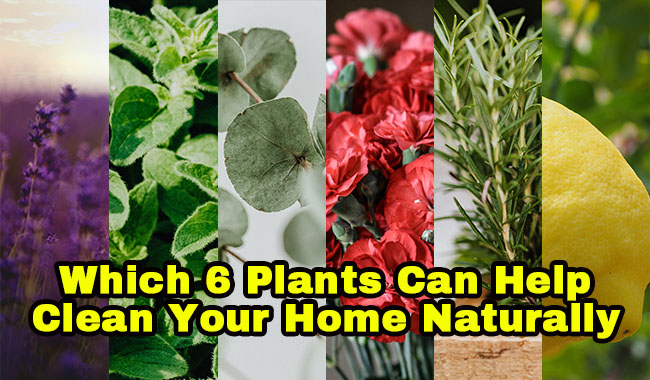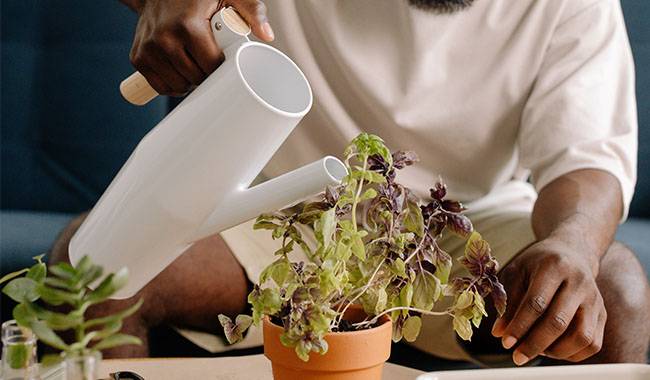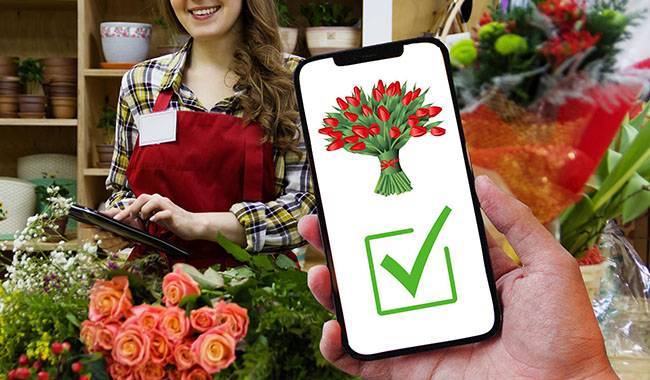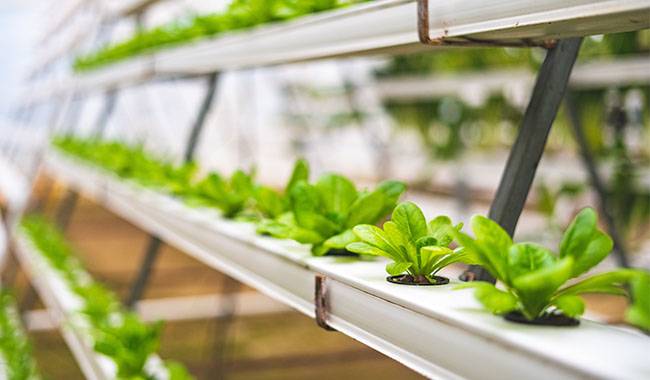
What is Hydroponic? Hydroponic is a modern method of growing plants in a unique solution. The Greek word translated as “Hydroponic” literally means “working solution.” In this way, plants don’t need any soil, only placed in a substrate that supports their roots and receives nutrients from the solution. Depending on the species, this is chosen for each plant individually.
Soilless cultivation of plants has been used since ancient times. Hanging Gardens of Babylon was the first successful attempt at Hydroponic, and the Aztec floating gardens in Central America use the same way. When warlike neighbors drove out the nomadic Indians living on the shores of Lake Tenochtitlan in Mexico, they invented their methods of growing fruits and vegetables. The Aztecs built rafts of reeds and covered them with silt from the lake bottom to grow fruit and vegetable crops.
Before hydroponics came along, scientists studied how plants were nourished. As the plants grew in the water, they determined which nutrients were extracted by the roots. Found that plants need minerals for proper growth and development. Potassium promotes plant growth. Calcium helps form root systems. Magnesium and iron are involved in the formation of chlorophyll. Sulfur and phosphorus form the cell nucleus and protoplasm.
ADVANTAGES OF HYDROPONIC
Hydroponics has many advantages over traditional plant growing methods.
- The plant receives the full supply of nutrients in the required amount. This allows for rapid growth and development. Plants grown in this way are known for their good health. Fruit trees have good harvests, and ornamental plants enjoy abundant and prolonged flowering.
- Soilless cultivation means that problems such as dry soil and over-watering can be avoided.
- Thanks to water flow control, irrigation is reduced. By choosing the right tank and propagation system, you can forget about daily watering. According to the size of the aquaponic tank, watering times can change from 2 times a week to once a month.
- The plants receive the exact amount of fertilizer. Therefore, there is no need to worry about how much is in the right quantity.
- There is no need to use chemicals. Hydroponic plants are not affected by soil pests, root rot, or fungal diseases.
- Repotting plants is easy and simple. The roots are not injured when transplanting and do not have to be removed from the soil. All you have to do is put it in a new container and add some solution.
- Hydroponic is an economical way to grow houseplants. They do not require a soil substrate that must replace every year. Most people can afford to mix nutrient solutions and special equipment.
- The earth accumulates harmful substances that threaten human life (radionuclides, nitrates, heavy metals, poisons). With the soilless method, the plant absorbs only what it needs. These fruit plants will be environmentally friendly and safe. In terms of taste, they are not inferior to plants grown traditionally.
- Growing hydroponic plants is not only economical but also fun. There is no need to get your hands dirty like soil. In addition, hydroponic containers are lightweight and compact. The green corner of the house will look neat and free of odors and clutter.
Be aware of the old stereotype that this plant can only grow in the ground. Hydroponic is entirely safe.
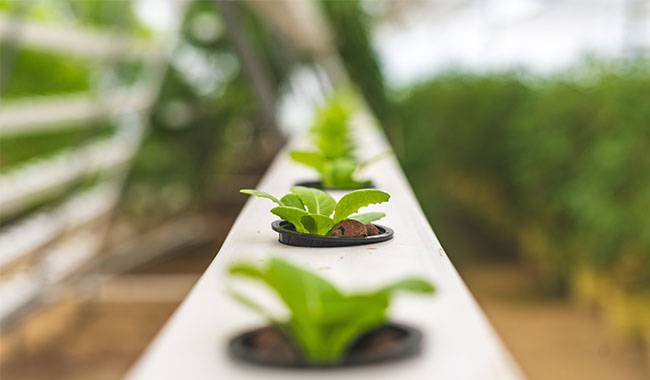
HYDROPONIC IS EASY
Once you have the basics down, you can start growing plants. This method is also straightforward. Your home flowers are much easier to care for. Especially if you use an automatic circulation system, which you can assemble yourself in some cases, you can make life easier by reducing the frequency of watering and fertilizing.
HYDROPONIC COSTS VERY LITTLE
You can make a hydroponic pot from a regular plastic jar and a large container of the appropriate size. It is impervious to light, can hold a certain amount of water, and is chemically inert. An ordinary paper bag from a milk or juice box is sufficient for long-term storage. Cut a hole in its seam for the pot. The container is turned to the side. Dip the flower pot with the substrate into the solution for about 1 inch (2.5 cm).
The substrate should include vermiculite, perlite, expanded clay, mineral wool, and coconut fiber. Don’t forget inert chemical fibers, such as foam rubber, nylon, or polypropylene filaments. These materials will cost no more than a potting soil mixture. While the soil mixture must be replaced annually when replanting, the hydroponic substrate will last several years.
To grow a small plant, you only need to prepare 0.26 gal (1 liter) of nutrient solution. This concentrated water-to-water ratio is designed for a 1:50 hydroponic solution. This way, you can take care of 50 plants a year or extend the life of the liquid to 50 years.
WHAT PLANTS CAN I GROW WITH HYDROPONIC?
Can use hydroponic for most plants grown from seed or cuttings. When repotting adult specimens, it is best to take plants with thick root systems. They should be easy to clean out of the soil. Should not use hydroponic if the plant has a weak root system.
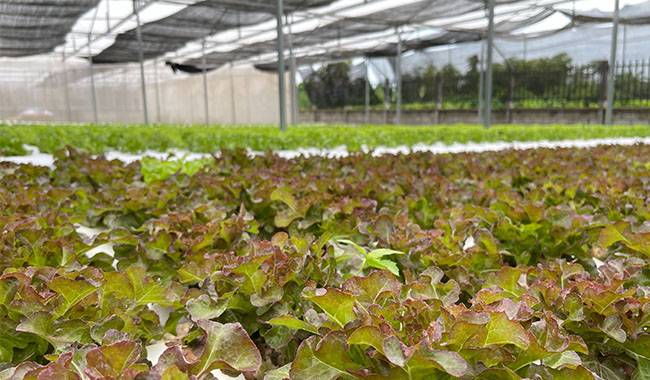
HYDROPONIC TRANSPLANTING RULES
To transplant a plant into the hydroponic culture, remove it from the pot and soak the root ball in a bucket of water at room temperature. After a few hours, carefully separate the soil from the roots. Then wash the seeds under a gentle stream of water. After cleaning, the roots should spread downward and should cover the plants with a unique substrate. The roots of the plant should not touch the water layer. The solution will rise through the capillaries of the substrate so that the seeds will reach the desired depth after transplanting, water the hydroponic substrate with white water, and fill the container. Allow the plant to acclimate to the new conditions for a week. As it comes to an end, the water is replaced with a solution. Should not fill immediately.
BASIC CONCEPTS OF HYDROPONIC
Solution Concentration
The concentration of the solution is based on the manufacturer’s recommendations. Must keep the volume of solution in the hydroponic tank at the same level. We can achieve this by adding water at regular intervals. The water must be soft (decanted or filtered). According to the manufacturer’s instructions, you should change the solution completely every three months. For insectivorous and epiphytic plants, prepare a solution with a concentration 2-4 times lower. For fast-growing plants, increase the concentration of the nutrient solution by a factor of 1.5. Annual vegetable crops prefer a concentration that is 1.25 times the average concentration. During the cold season, reduce the concentration of the solution by a factor of 2 to 3. Lowering the water level is equally important.
Solution acidity (PH)
pH 5.6 is the optimum pH for most plants. In general, all hydroponic formulations are close to this value. Depending on the type of plant, can select the desired value. Not all plants are suitable for 5.6. Gardenias and azaleas prefer an acidic environment (pH=5). An alkaline environment (pH=7) is suitable for palm trees. An electronic pH meter is used to determine the pH level. This meter is very accurate, but not everyone can handle it. In addition to this, it is costly. It is better to use special pH tests suitable for aquariums. These can be purchased at specialty zoology stores. They provide accurate readings and are easy to use. Should not purchase generic indicator strips. They have a large margin of error.
Essential Nutrients
To survive, plants need to breathe, obtain water, and perform photosynthesis. They exist in the form of oxygen, carbon, hydrogen, and nitrogen. o, C, H, and N are readily available in air and water. And plants can obtain these elements from the environment. At the same time, light provides plants with energy to make food.
Before you can provide plants with the necessary nutrients, you must first deal with these organic composts. Without them, plants are bound to die. Meanwhile, without nutrients, the plants can still survive, but they cannot develop properly.
How to prepare a hydroponic solution
Here are the simple steps to mix a solution for universal hydroponics
- Check which growth stage your plants are in so that you can mix the parts in the correct ratio. Check the manufacturer’s instructions for your nutrient solution product.
- First, add water to the reservoir.
- Then, add a trace portion to the water. It contains elements such as calcium, copper, boron, iron, manganese, zinc, and some nitrogen. Stir the solution
- Next is the growth fraction. This contains ammonia nitrogen, nitrate nitrogen, phosphate, potassium, and magnesium. Stir well. 5.
- Some brand-name hydroponic solutions can be added. This contains phosphate, potassium, soluble magnesium, and sulfur. Again, stir this solution.
- It is very important to check the pH of the nutrient mixture after putting all the nutrients into the nutrient tank. When the pH is outside the recommended range, the plants cannot absorb the important nutrients. Ideally, it should be between 5.5 and 6.5.
Note: Don’t forget to check the temperature of the solution. Around 65 degrees Fahrenheit is ideal.





